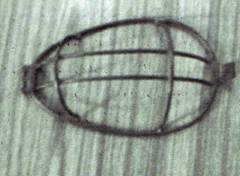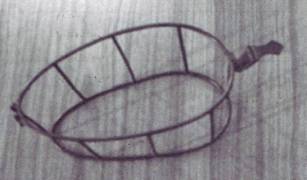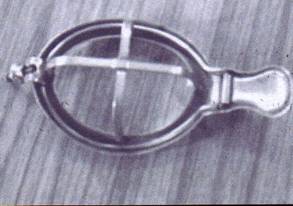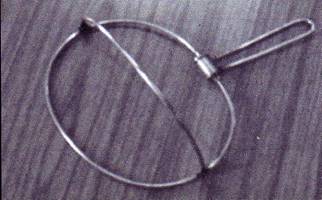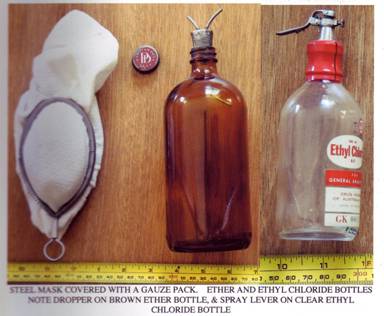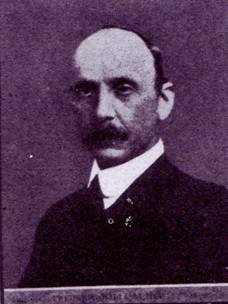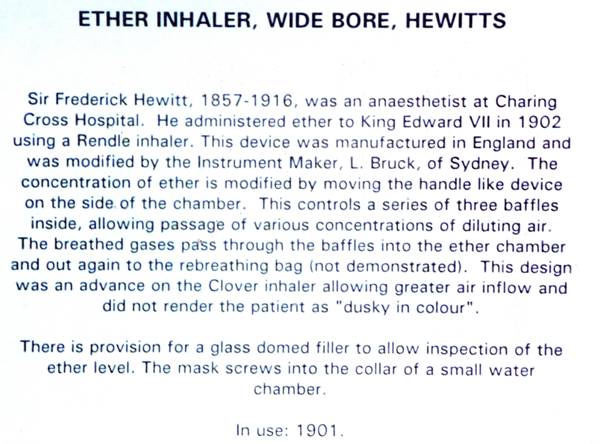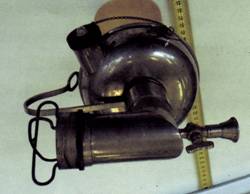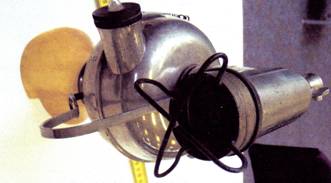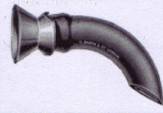
South Australian Medical Heritage Society Inc
Website for the Virtual Museum
Home
Coming meetings
Past meetings
About the Society
Main Galleries
Medicine
Surgery
Anaesthesia
X-rays
Hospitals,other organisations
Individuals of note
Small Galleries
Ethnic medicine
- Aboriginal
- Chinese
- Mediterran
Hewitt's Ether Inhaler And The Administration of Early Anaesthesia
ACKNOWLEDGMENTS
We thank Jessica Tyndall, a Medical Librarian who manages the Gus Fraenkel
Medical Library at the Flinders Medical School, for kindly allowing us to photograph some of the many
medical heritage items on display in the library. Thanks also to Dr Tony Swain, who provided us with
information about Hewitt and technical details.
Before the arrival of anaesthetics such as chloroform, ether, and nitrous oxide, effective pain relief during surgical and dental procedures was not available. The use of opiates, alcohol, cocaine, and carotid compression was hardly effective, and the latter was dangerous. Manual and physical restraint with belts and ropes was common, and speedy surgical procedures were essential.
A well known description of such pocedure is mentioned in Pepys diaries.
Samuel Pepys had a bladder stone removed while in his bedroom by Thomas Hollier, a
surgeon from St. Thomas's, on 26th of March 1658. An incision was made in his perineum,
and the procedure lasted about 15 minutes. The wound was not sutured, but packed with fabric,
herbs and vinegar. Pepys was fortunate because he was "first on the list" and
the procedure was in his home, thus the chances of infection were reduced. It
seems that the well-known Pepys diaries started in 1660.
Anaesthetics were often discovered by chemists (for example, Guthrie, Priestley, and Davy),
who may have noted their anaesthetic potential, but only later administered by dentists or surgeons.
The use of nitrous oxide, chloroform, and ether as anaesthetic agents started in the
1840's, but with varying dates recorded by several historians, depending on their
nationality and accepted publications. In the English literature, chloroform is
linked to Samuel Guthrie (1831), ether to Crawford Long (1842) and William T. G. Morton, (1846), and
nitrous oxide to Joseph Priestley, Humphry Davy, and Horace Wells (1844).
There are, however, other earlier and later contenders.
The earliest administration of the above anaesthetic agents was performed by using a wire mask covered in gauze being placed over the patient's mouth and nose. The ether or chloroform was dripped onto the gauze and inhaled by the patient. Many types of masks were available, and were named after their designers.
This simple method was effective, but as oxygen was not easily available until the end of the 18th century, anoxia and cyanosis was common. However, this method was still used with added oxygen for anaesthetising children for tonsillectomies into the 1950's.
Sir Frederic William Hewitt (1857-1916) attended the medical school at St. Georges hospital. He won the Brackenbury and Treasurer's prizes in medicine, wished to specialise and went to rooms with a young surgeon. He was also a popular coach to candidates for higher examinations. He became a member of his College, acquired a Cambrige degree and an MD. He changed to anaesthesia because of visual problems. His first appointment was as an anaesthetist to Charing Cross Hospital in 1884, later followed by positions at the National Dental Hospital, the London Hospital, and St. Georges. In 1901 he was appointed as anaesthetist to the King. In 1902, he anaesthetised Edward VII for drainage of an appendix abscess by Sir Frederic Treeves.
He is best known for stressing the need for oxygen during anaesthesia,
particularly if nitrous oxide was used, publishing and lecturing on the optimal and safe ratios of
nitrous oxide to oxygen; and his airways, mouth gags and
modifications to the Junker and Clover inhalers.
Several Anaesthetic Societies honoured him by establishing the Frederic Hewitt lecture series in 1950.
-o0o-
